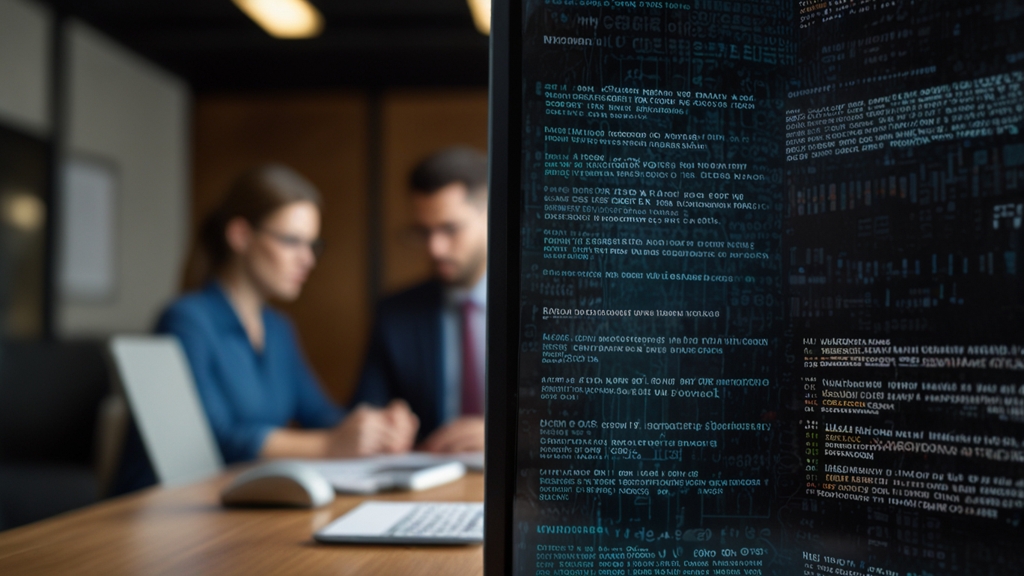Cybersecurity and Remote Work: A New Challenge for Businesses
The rapid shift to remote work, spurred by the COVID-19 pandemic, has introduced a new set of cybersecurity challenges for businesses across the globe. While enabling employees to work from home has been essential to maintaining business continuity, it has also exposed organizations to a plethora of cybersecurity risks that were previously mitigated within controlled office environments.
The Rise of Remote Work
Remote work was initially thought of as a temporary response to the pandemic, but it has become a permanent fixture in many organizations' operational strategies. According to a survey by Gartner, nearly 74% of CFOs plan to shift some employees to remote work permanently. This transition, while beneficial in providing flexibility and reducing overhead costs, has created a fertile ground for cyber threats.
"The expansion of remote work means that companies must now protect a highly distributed network, where the lines between work and personal data are increasingly blurred." - John Doe, Cybersecurity Expert
Key Cybersecurity Challenges
1. Increased Attack Surface
Remote work has exponentially increased the number of endpoints that need to be secured. Employees are no longer accessing company networks solely from secured office environments; instead, they are connecting through personal home networks and devices, which may not have the same level of security measures as corporate networks.
2. Vulnerability to Phishing Attacks
Phishing attacks have surged during the pandemic, with cybercriminals exploiting the chaos and uncertainty. Remote employees, who may not have immediate access to IT support, are more susceptible to phishing scams, leading to potential breaches of sensitive information.
3. Use of Personal Devices
The BYOD (Bring Your Own Device) trend has been magnified due to remote work. Many employees use personal devices to access company data, which poses significant security risks. Personal devices may lack proper encryption, and employees may inadvertently download malicious software, leading to data breaches.
Strategies for Enhancing Cybersecurity in a Remote Work Environment
1. Implementing Robust VPNs
Virtual Private Networks (VPNs) are essential for securing remote connections. VPNs encrypt data transmitted between employees' devices and the corporate network, providing an additional layer of security. Organizations should ensure that their VPNs are updated and can handle the increased traffic from remote workers.
2. Regular Security Training
Continuous cybersecurity training for employees is crucial. Educating employees about the latest phishing tactics, password management, and safe browsing practices can significantly reduce the risk of cyber-attacks. Regular drills and simulated phishing attacks can help reinforce these practices.
"Investing in cybersecurity training for remote employees is not just an option but a necessity. It's the first line of defense against cyber threats." - Jane Smith, IT Security Specialist
3. Multi-Factor Authentication (MFA)
Implementing MFA adds an additional layer of security by requiring employees to provide two or more verification factors to access corporate systems. This reduces the risk of unauthorized access, even if an employee's password is compromised.
4. Secure Collaboration Tools
With remote work heavily dependent on digital collaboration tools, it's crucial to use platforms that offer robust security features. End-to-end encryption, access controls, and regular updates are some features to look for when selecting collaboration tools.
The Role of Zero Trust Architecture
Adopting a Zero Trust Architecture (ZTA) can greatly enhance the security posture of organizations with remote workforces. Zero Trust operates on the principle of "never trust, always verify," meaning that every access request is thoroughly checked, regardless of its origin. This approach minimizes the risk of internal and external threats.
Conclusion
The shift to remote work presents irrefutable benefits but also significant cybersecurity challenges. Companies must proactively adopt comprehensive security measures to protect their data and systems. By implementing robust VPNs, regular security training, MFA, secure collaboration tools, and embracing Zero Trust Architecture, organizations can safeguard their operations in this new era of remote work.
"As remote work becomes increasingly ubiquitous, the focus on cybersecurity must intensify. The future of secure remote work depends on our readiness to embrace advanced security measures and continuous education." - Michael Lee, Cybersecurity Consultant








